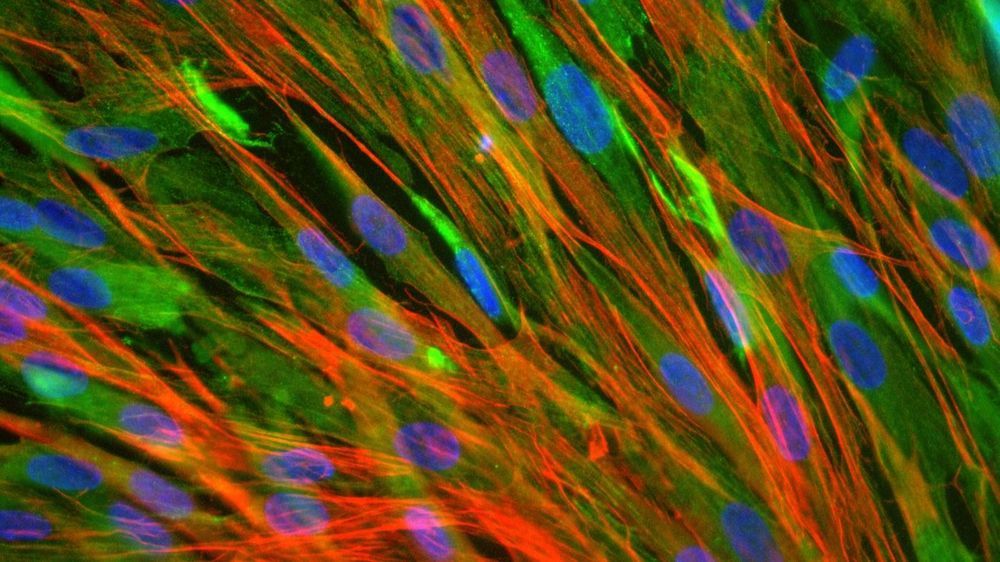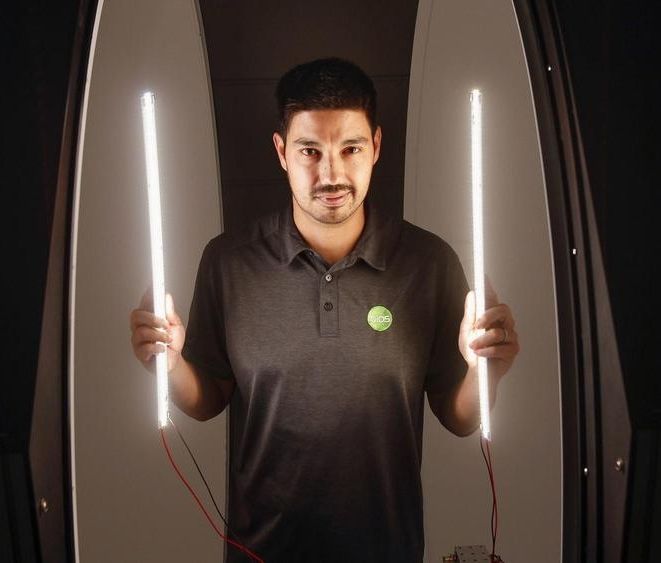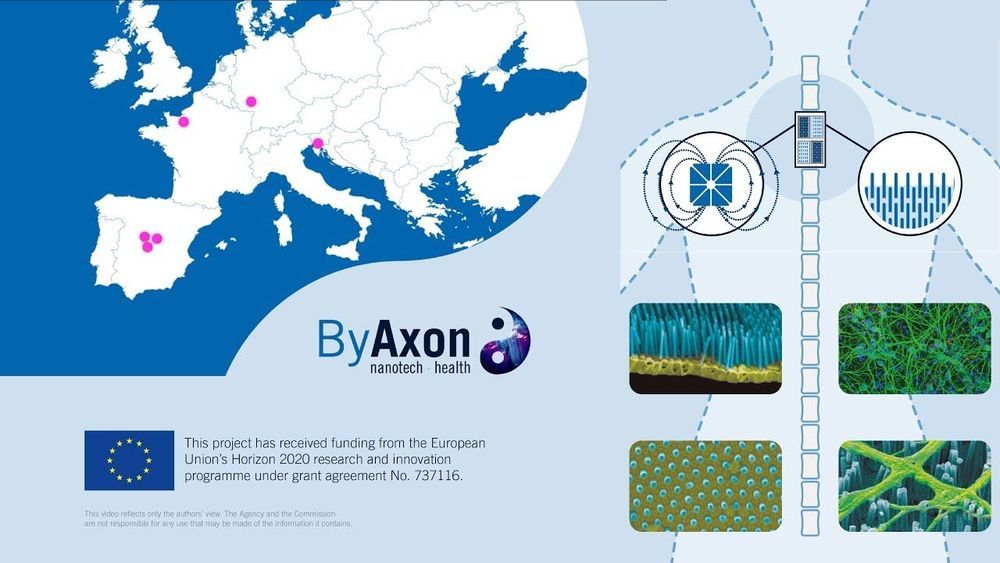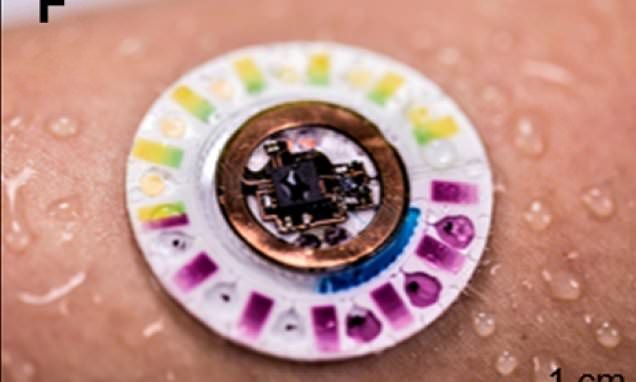There are more than 30 cases in Clark County, near Portland, Oregon.



An artificial intelligence solution (AI) can accurately identify precancerous changes that could require medical attention in images from a woman’s cervix. Researchers from the National Institutes of Health and Global Good developed the computer algorithm, which is called automated visual evaluation.
Researchers created the algorithm by using more than 60,000 cervical images from a National Cancer Institute (NCI) archive of photos collected during a cervical cancer screening study that was carried out in Costa Rica in the 1990s.
More than 9,400 women participated in that population study, with follow up that lasted up to 18 years. Because of the prospective nature of the study, the researchers said that they gained nearly complete information on which cervical changes became pre-cancers and which did not.



A research team with the participation of the Institute for Integrative Systems Biology (I2SysBio) of the University of Valencia, together with FISABIO and CIBERESP, has carried out the first metatranscriptomic study of the gut microbiota of babies, which has allowed to unveil the metabolism of the intestinal bacterial community during the first year of life, with a level of detail unknown until now.
This work has also involved researchers from the Joint Unit in Genomics and Health of the Foundation for the Promotion of Health and Biomedical Research of the Valencian Community (FISABIO) and the Biomedical Research Consortium in Epidemiology and Public Health Network (CIBERESP), dependent on the Carlos III Health Institute.
The environment is very important in the first years of life, both for the baby and for the bacteria of its gut microbiota. Bacteria and humans coexist in a harmonious symbiosis: people share with them the food they eat, which helps them to metabolise (10% of the energy obtained from food is as a consequence of bacterial action). In addition, bacteria influence the development of the immune and nervous systems.

According to the World Health Organisation, up to a half-million people around the world suffer a spinal cord injury each year. Often caused by road traffic crashes, accidents or violence, the loss of motor control or paralysis significantly impacts quality of life and requires years of treatment and care. Spinal cord injury is also associated with lower rates of school enrollment and economic participation, and carries substantial individual and societal costs.
Current methods for spinal cord injury treatment involve cumbersome brain-machine interfaces, with many cables linking the patient and a computer to restore limited motor functions. Other methods to map brain activity, such as magnetoencephalography, require very large machinery and particularly low-temperature working conditions.
To improve the quality of life of those suffering a spinal cord injury, ByAxon is bringing together a consortium of researchers from across Europe (Spain, Italy, France and Germany) to devise a new generation of spinal cord treatments. The four-year project started in January 2017 and is seeking to create implants that restore sensory functions.

A new wearable patch can monitor your health through your sweat.
Fitness and health trackers are everywhere, but most of them are limited to collecting data on your heartbeat, how much your moving and information you manually input to their paired apps.
That’s helpful if you’re trying to get in shape, but for people suffering from chronic conditions and diseases — like kidney disease or cystic fibrosis — more exact and frequent analyses could alert them to life-endangering changes.

| Local | http://idahostatejournal.com/ Cutting calories (dieting) and increasing caloric expenditure (exercise) cause your brain to activate neurons that will not allow you to utilize fat or lose weight.
Recently, and at a most appropriate time, another study published in the journal eLife has given explanation as to why your current New Year’s Resolution diet will not work.
Cutting calories (dieting) and increasing caloric expenditure (exercise) cause your brain to activate neurons that will not allow you to utilize fat or lose weight.
Evolutionarily, when our ancestors living in what we now call Pocatello were hard pressed to find food, their brains stopped energy expenditure (using energy to move, be active, play, etc.) to slow them down to keep them alive.

More effective treatments for Multiple Sclerosis on the horizon?
Dr. Metcalfe and her company are already looking to take down other severe diseases as well.
“Psoriasis is high up on our list, and diabetes is another. Downstream there are all the dementias because a LIF is a major health factor for the brain. So if we can get it into the brain we can start protecting against dementia.”
Please SHARE this with your friends and family.
